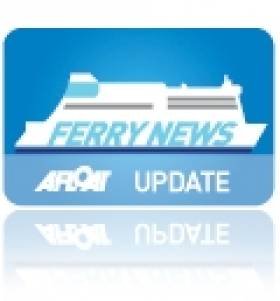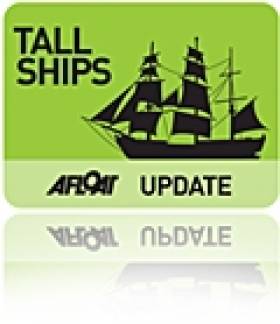Displaying items by tag: Dept of Arts Heritage and Gaeltacht
Tender Open to Run Mayo Islands Cargo-Ferry Service
#IslandFerry – The Government have issued a tender for an operator to run over a five-year contract period a cargo-ferry service between Inishturk, Clare Island Co. Mayo and the mainland.
The Department of Arts, Heritage and the Gaeltacht is seeking expressions of interest for the west coast-islands service starting 1 August 2013 to 31 July 2018.
For further details of the tendering process they can viewed HERE in addition to www.etenders.gov.ie April 2013
Tall Stories on Jeanie Johnston
Below the Surface is hosting a series of intriguing maritime stories in a unique venue - The Jeanie Johnston, with the atmospheric creaking sounds of the famine ship's hull enveloping the audience as they listen to enthralling tales of Ireland's exciting, seafaring past - from Vikings fleets and their Dublin slave trade to 17th century pirates, 18th century emigration to 19th century polar exploration. All told in a most intimate setting, while the River Liffey gently sways the hull beneath your chair.
These events are celebration of Ireland's maritime heritage and archaeology and generously sponsored by the Department of Arts, Heritage & the Gaeltacht and Dublin City Council
Limited seating, doors open 7.15pm, adm €15
Please see attached flier for additional information.
Booking @ www.jeaniejohnston.ie





























































